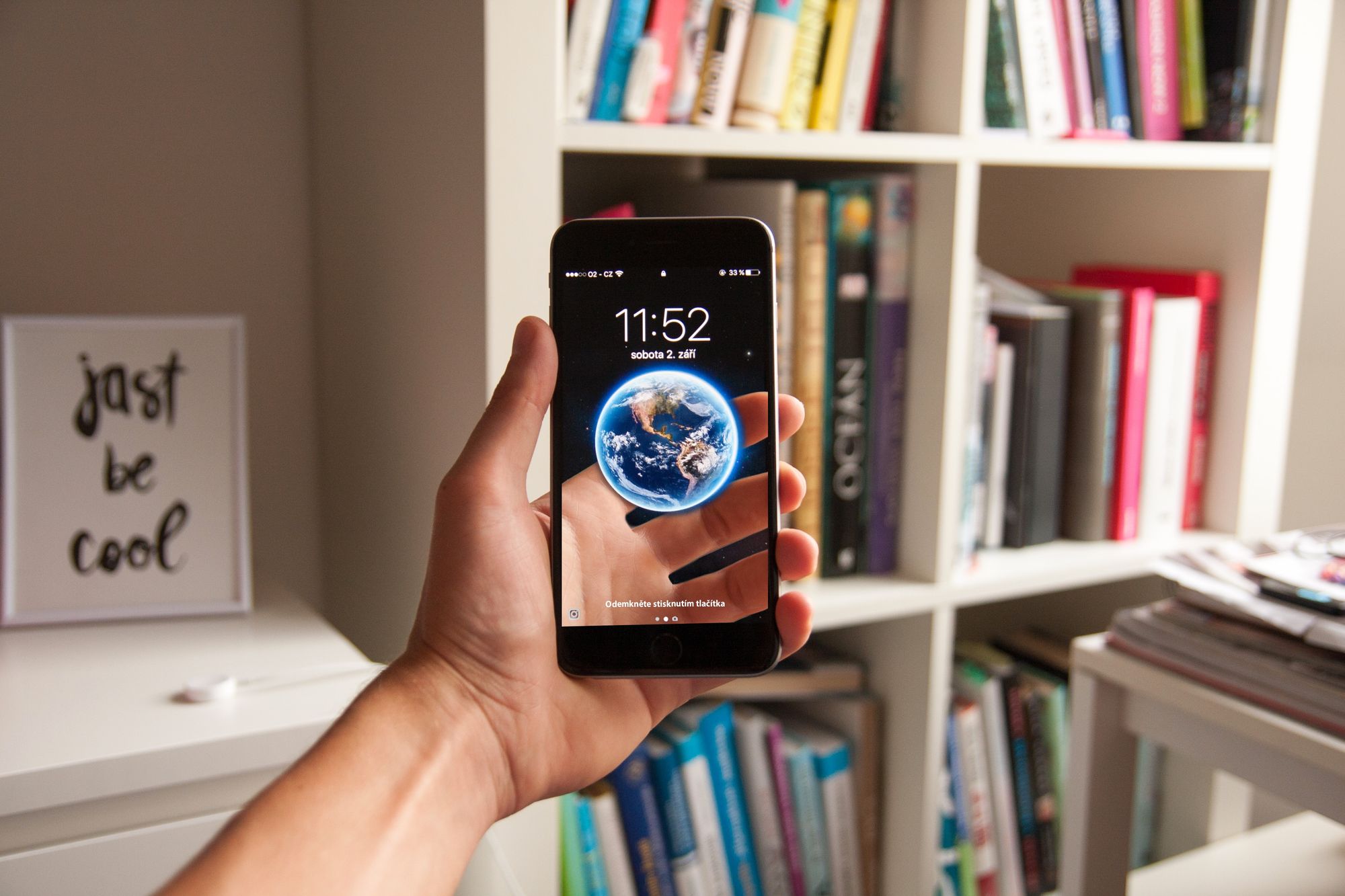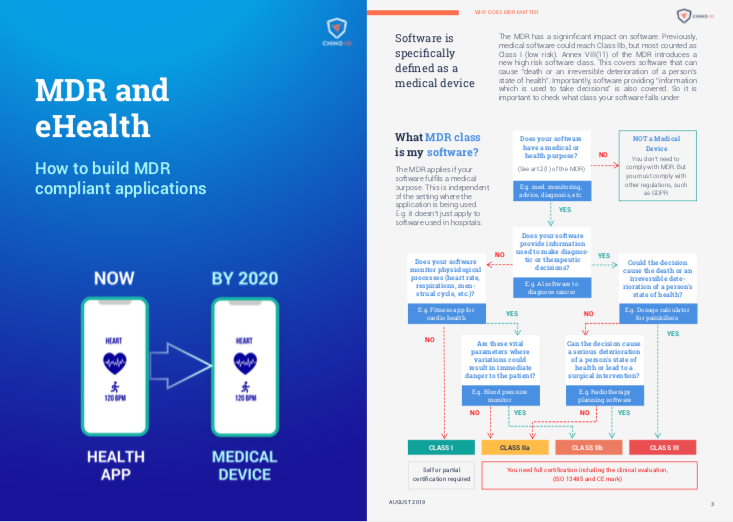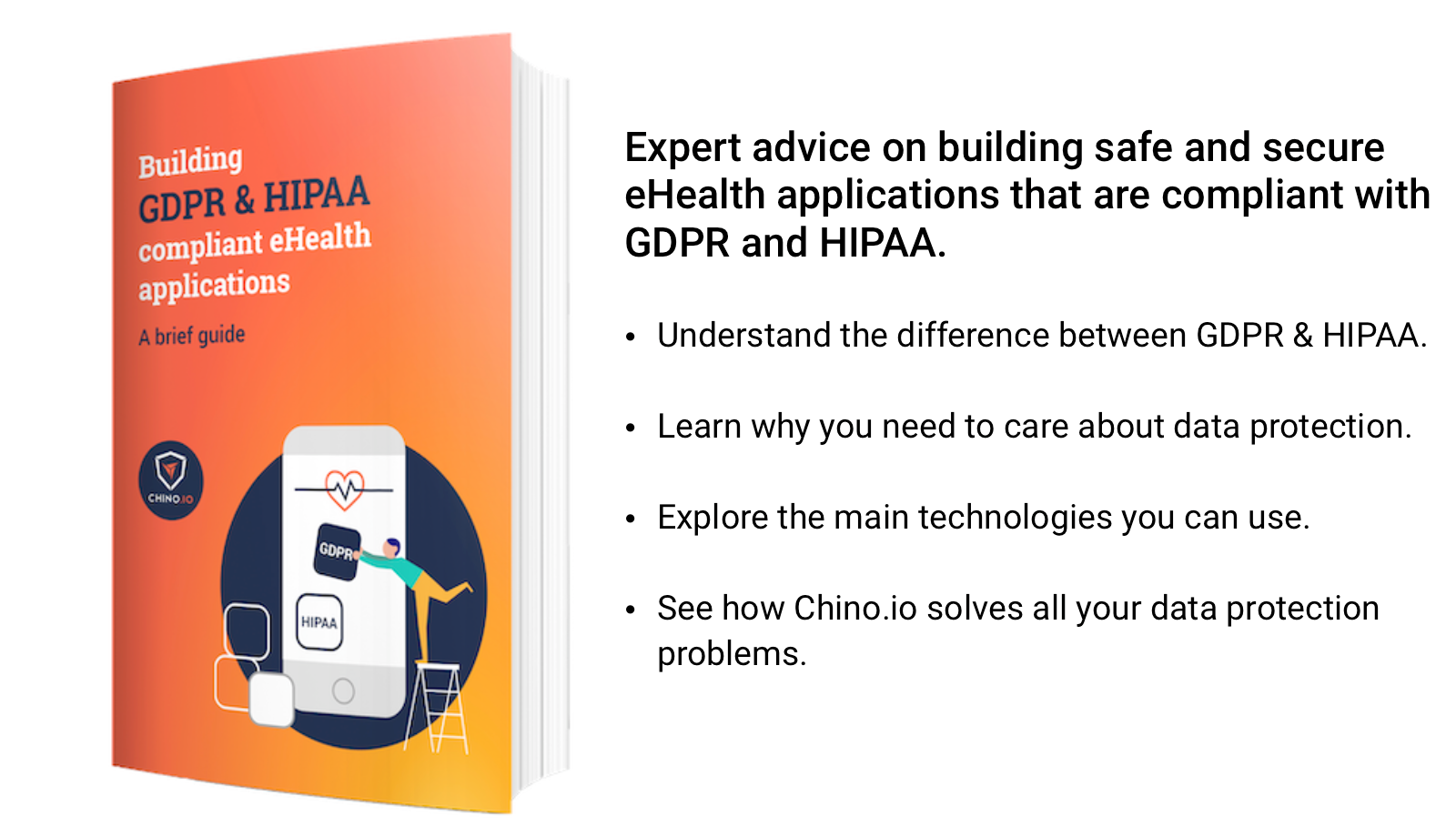From technological advances to major legislation, 2020 will be a key year for healthcare industry. Here is our list of the 5 key trends you really should know about mobile health.
2020 will be a big year for digital health fighting chronic diseases. The MDR becomes mandatory, AI will continue to grow and an ageing population will pose increasing challenges for healthcare providers. In 2018, 75 percent of US consumers said technology is important to managing their health. But when it comes to digital health trends, legislation, artificial intelligence, telemedicine are used for solving the biggest challenges of our age.
1. The most important of digital health trends is MDR
The Medical Device Regulation (MDR) will transform the regulatory landscape in the EU. It will have a particularly profound impact on digital health companies. Health solutions that are not prepared will simply die.
The MDR was enacted in 2017 and becomes mandatory from May 26, 2020.
From that date all new devices will have to comply with the MDR in order to be marketed, sold or distributed in the European market. Plan effectively, keep your health information safe and ensure you have good partners.
Wondering if your software falls under MDR? Find out in our updated MDR eBook. Download here.
2. Telemedicine for health systems
From New York to Berlin, 2020 will be the year telemedicine becomes mainstream for healthcare industry. Personalized health is booming. More and more apps and gadgets are allowing healthcare providers to monitor, diagnose and treat patients remotely. These include real-time ECG monitoring, GP consultation apps and even robots for carrying out surgery remotely. Even in the hospital context, telemedicine is finding applications, with monitors that store patient observations remotely.
Artificial intelligence and other intelligent technologies can drive innovation. Its important that payers know how to take the most from AI technology to improve processes and get to value and better outcomes.
This boom in health technology will bring real challenges relating to both data privacy and data security. Healthcare is currently the second biggest target for cybercrime.Especialy for tech companies. According to recent reports, a widely-used anaesthetic machine is vulnerable to remote attacks. And, infamously, insulin pumps have proved easy to hack.

3. Big data and analytics for patient care
This year there were many healthcare events talking about this topic. Empowered patient and patient care revolutionised how we think about healthcare. Analysing this data offers the chance to gain key insights into medical conditions. At the individual level, the data can form the basis for machine learning (AI) models that predict heart attacks. At a wider level, it offers the chance to transform epidemiology and save lives on with a mobile health on a global scale.
"In the US, Healthcare spending is incredibly expensive. Overall spending is $3.8 trillion dollars per year. That is more than the value of the 10 biggest corporations, 10 Beijing Olympics, a Warren Buffet and Bill Gates combined. The estimated waste in US Healthcare alone is $765 billion. That is equivalent to NASA’s total budget for 50 years."- An Overview of Big Data Analytics in Healthcare by Suraj Patil.
But, as with telemedicine, leveraging this data comes with real challenges relating to data privacy and data security. Read our eBook on GDPR compliance to learn more how data protection laws apply to your product.

4. Medical artificial intelligence
Hand-in-hand with big data is the growth of medical artificial intelligence (AI). This ranges from chatbots to help patients with chronic conditions to realtime diagnosis of heart attacks using machine learning. These applications of AI all seek to improve and personalise the delivery of healthcare for individuals. For instance reproductive health.
Of all, period tracking devices or applications are the fourth most popular digital tool used among adult and second most popular among teenage women. Nevertheless, most digital tracking aids often see period and fertility as the Siamese twins; having one’s period track means there is an intention to get or avoid a pregnancy. Some users complained of the inability to turn off the “fertile window” function in one of the most prominent tracking applications. - Hazel Tang, editor at AI health.
There are technical and legal challenges to this use of artificial intelligence. Technically, medical data is often collected in a discrete manner. E.g. observations are only taken every few hours. This causes problems for classical approaches to machine learning. Legally, Article 22 of the GDPR specifically singles out "automated individual decision making", and imposes strict conditions on its use. This could limit the application of AI in some circumstances where consent is the basis for lawful data processing.

5. Ageing population
Probably the biggest challenge for global healthcare is demographic. Advances in healthcare mean people are living longer. But this ageing population places a huge burden on healthcare providers. Digital health apps and other digital health tools can help in various ways, often leveraging some of the trends mentioned above. For instance, apps can help find care places for patients waiting discharge from hospital. Big data and AI offers the chance to improve care outcomes for patients in hospital settings. Telemedicine offers patients personalised and immediate care, freeing up health providers for dealing with more urgent cases.
According to data from World Population Prospects: the 2019 Revision, by 2050, one in six people in the world will be over age 65 (16%), up from one in 11 in 2019 (9%). By 2050, one in four persons living in Europe and Northern America could be aged 65 or over. In 2018, for the first time in history, persons aged 65 or above outnumbered children under five years of age globally. The number of persons aged 80 years or over is projected to triple, from 143 million in 2019 to 426 million in 2050.- the UN report on ageing.
All these things are only possible through the sharing of sensitive health data. In turn, that causes problems with data protection and security. Check our eBook for more useful insights for digital health in 2020.










